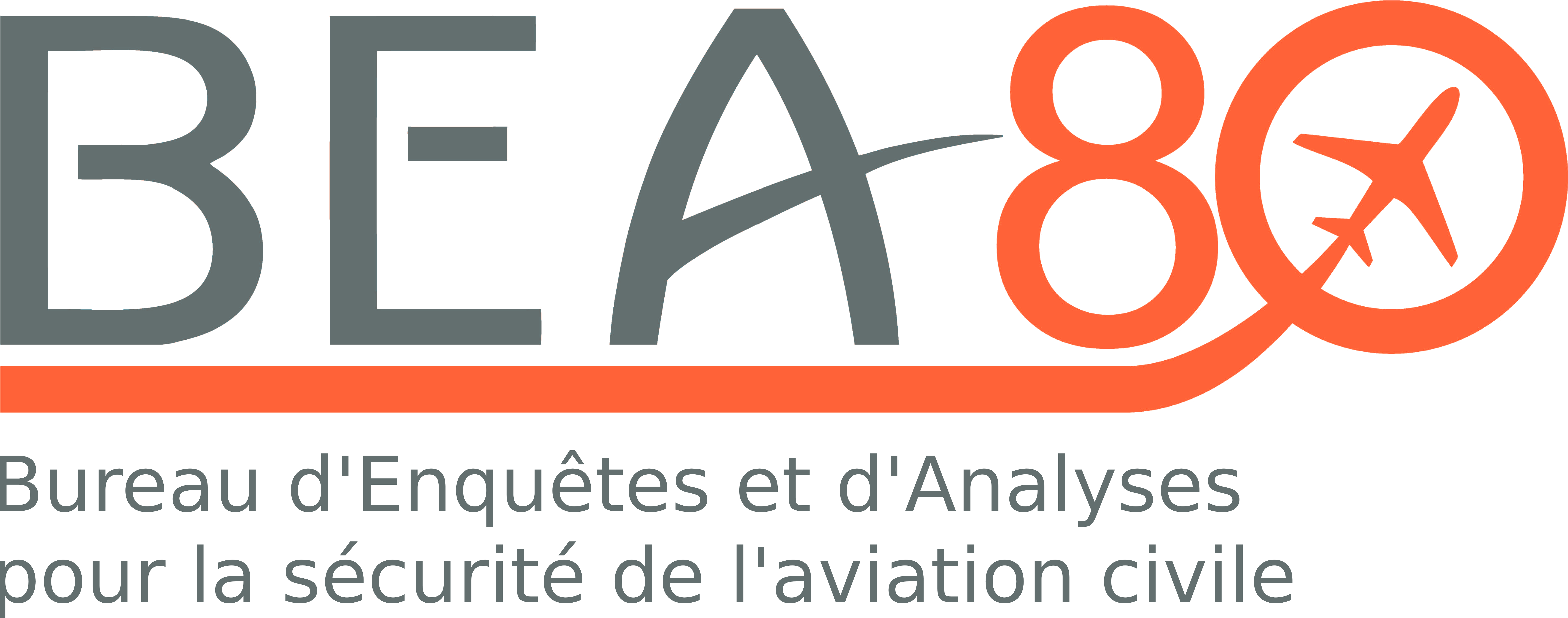Accident to the Beechcraft 100 registered N702TD on 28/10/2014 at Toussus-le-Noble AD (78)
Arrondi trop haut, atterrissage dur, sortie latérale de piste lors du roulement à l’atterrissage
Note: The following information is principally based on the pilot’s and instructor’s statements. This information has not been independently validated by the BEA.
This is a courtesy translation by the BEA of the Final Report on the Safety Investigation published in June 2020. As accurate as the translation may be, the original text in French is the work of reference.
1 - History of the flight
The pilot, accompanied by an instructor and two passengers, was conducting an IFR training flight from Beauvais aerodrome to Toussus-le-Noble aerodrome for the purpose of renewing his type rating. At Toussus-le-Noble, the pilot performed a VOR DME Z approach for runway 25R, in IMC conditions. The approach lighting was set at its maximum intensity.
Because of the low visibility, the pilot aborted the first approach. During the second approach, he began to flare and quickly reduced engine power while the aircraft was still high. The aircraft sunk and touched down hard on the runway even though full power was applied by the instructor to abort the landing. The left main gear broke, the left engine struck the ground, the aircraft veered off the left side of the runway and ran approximately 700 m before coming to rest.
2 - Additional information
2.1 Weather Conditions
The ATIS recorded at 17:00 mentioned a wind from 170° at 6 kt, visibility of 2,000 m, cloud base at 200 ft.
2.2 Aircraft Information
The Beechcraft 100 registered N702TD is equipped with two Garrett AiResearch TPE-331 engines. Unlike the Pratt & Whitney PT6 engines that typically equip this type of aircraft, the Garrett engine has a connected power turbine, meaning that there is a mechanical link (driveshaft and reduction gear) between the power turbine and the gas generator. The propeller rpm are therefore linked to the gas generator rpm. Depending on the settings, a complete and rapid decrease in power by the pilot can significantly slow down the aeroplane and cause it to sink.
2.3 Pilot and Instructor Information
The pilot, who held a CPL licence, was rated SEP, MEP, IRME, ATR42/72 TR, BEECH 90/100/200 TR, FI, IRI, CRI and TRI. He had logged around 6,000 flight hours, 4,000 of which were on turboprop aircraft.
The instructor, who held a CPL licence, was rated SEP, MEP, IRME, BEECH 90/100/200 TR, FI, IRI, CRI and TRI. He had logged approximately 2,400 flight hours, 400 of which were on turboprop aircraft.
2.4 Pilot’s statement
The pilot explained that he saw the lights as he approached the minimum decision altitude (MDA[1]). He stated that the low visibility conditions and the glare from the runway lighting set at its maximum intensity probably contributed to his flare being too high. He also felt that he had reduced power too much at that time because the aircraft had slowed down and sank faster than expected. He added that this was the first time he had flown an aircraft equipped with connected power turbines and that he was probably surprised by the power management, which is different from that of the free power turbine turboprop engines on the aircraft he is used to flying.
2.5 Instructor’s statement
The instructor explained that he had felt the reduction in engine power during the flare which was too high. He took the controls and applied full power to anticipate the aircraft's stall, but could not avoid a hard landing.
2.6 Safety measures taken by the training organisation
Following the accident, the training organization identified that its examiner's safety manual[2] was not sufficiently specific regarding weather-related limitations, particularly for approaches conducted in IMC. In the version updated after the accident, the following points have been clarified:
At the aerodrome(s) used for handling exercises in runway circuits as well as for VFR or IFR departures and arrivals, the following minima shall be taken into account one hour before the scheduled take-off time until one hour after the scheduled landing time:
- visibility: 5,000 m minimum ;
- ceiling 1,500 ft minimum ;
- uncontaminated runway.
typo3/#_ftnref1[1] For this procedure, the MDA (H) was 880 ft (380 ft).
[2] European regulations require that an Approved Training Organisation (ATO) produce an examiner's safety manual. The purpose of this manual is to indicate to the examiners the safety instructions to be applied during tests or inspections. Logically, the same safety instructions apply during training.
